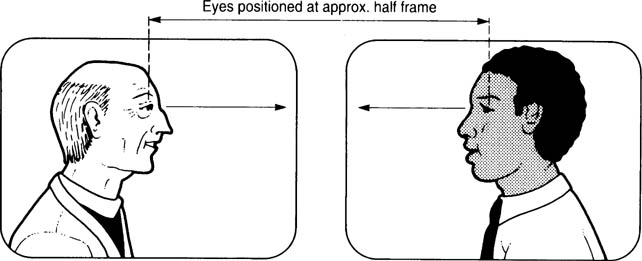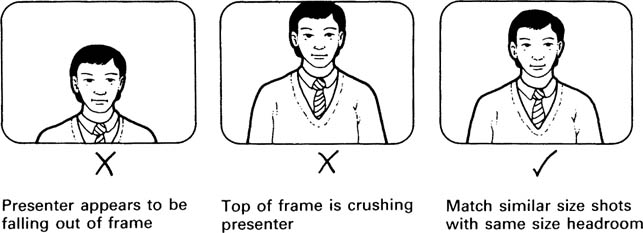Programme genres employ different production techniques. Sports coverage has shot patterns and camera coverage conventions, for example, different to the conventions used in the continuous coverage of music. Knowledge of these customary techniques is an essential part of the camerawork skills that need to be acquired. There is usually no time for directors to spell out their precise requirements and most assume that the production team is experienced and understand the conventions of the programme being made. The conventions can concern technique (e.g. news as factual, unstaged events; see page 134), or structure – how the programme is put together. A game show, for example, will introduce the contestants, show the prizes, play the game, find a winner and then award the prizes. The settings, style of camerawork, lighting and programme structure are almost predictable and completely different from a 30-minute natural history programme. It is almost impossible to carry over the same technique and style, for example of a pop concert to a current affairs programme. Each production genre requires the customary technique of that type of format although crossover styles sometimes occur.
Attracting the audience’s attention
Whatever the nature of the programme, the programme makers want an audience to switch on, be hooked by the opening sequence and then stay with the programme until the closing credits. There are a number of standard techniques used to achieve these aims. The opening few minutes are crucial in persuading the audience to stay with the programme and not switch channels. It usually consists, in news and magazine style programmes, of a quick ‘taster’ of all the upcoming items with the hope that each viewer will be interested in at least one item on the menu. Either existing material will be cut to promote the later item or very often ‘teasers’ will be shot specifically for the opening montage. Whether in this fast opening sequence or in the main body of the programme, most productions rely on the well tried and trusted formula of pace, mystery and some form of storytelling.
Story
The strongest way of engaging the audience’s attention is to tell them a story. In fact, because film and television images are displayed in a linear way, shot follows shot, it is almost impossible for the audience not to construct connections between succeeding images, whatever the real or perceived relationships between them. The task of the production team is to determine what the audience needs to know, and at what point in the ‘story’ they are told. This is the structure of the item or feature and usually takes the form of question and answer or cause and effect. Seeking answers to questions posed at the start of the programme, such as, ‘what are the authorities going to do about traffic jams?’ or ‘how were the pyramids built?’, involves the viewer and draws them into the ‘story’ that is unfolding. Many items are built around the classical structure of exposition, tension, climax and release.

Balanced ‘looking room’ on intercut shots
One of the compositional conventions of camerawork with profile shots, where people are looking out of frame, is to give additional space in the direction of their gaze for ‘looking room’. Similarly when someone is walking across frame, to give more space in front of them than behind.
Head room

Headroom is the space allowed above the head when framing a face. The amount of headroom will vary depending on the size of shot. In close-ups and big close-ups there will be no headroom. In long shot the amount of headroom will depend on location and composition. In general, the wider the shot the greater the headroom. It is only feasible to match headroom in medium close-up and medium shot; other size shots will be framed on their individual merits.
